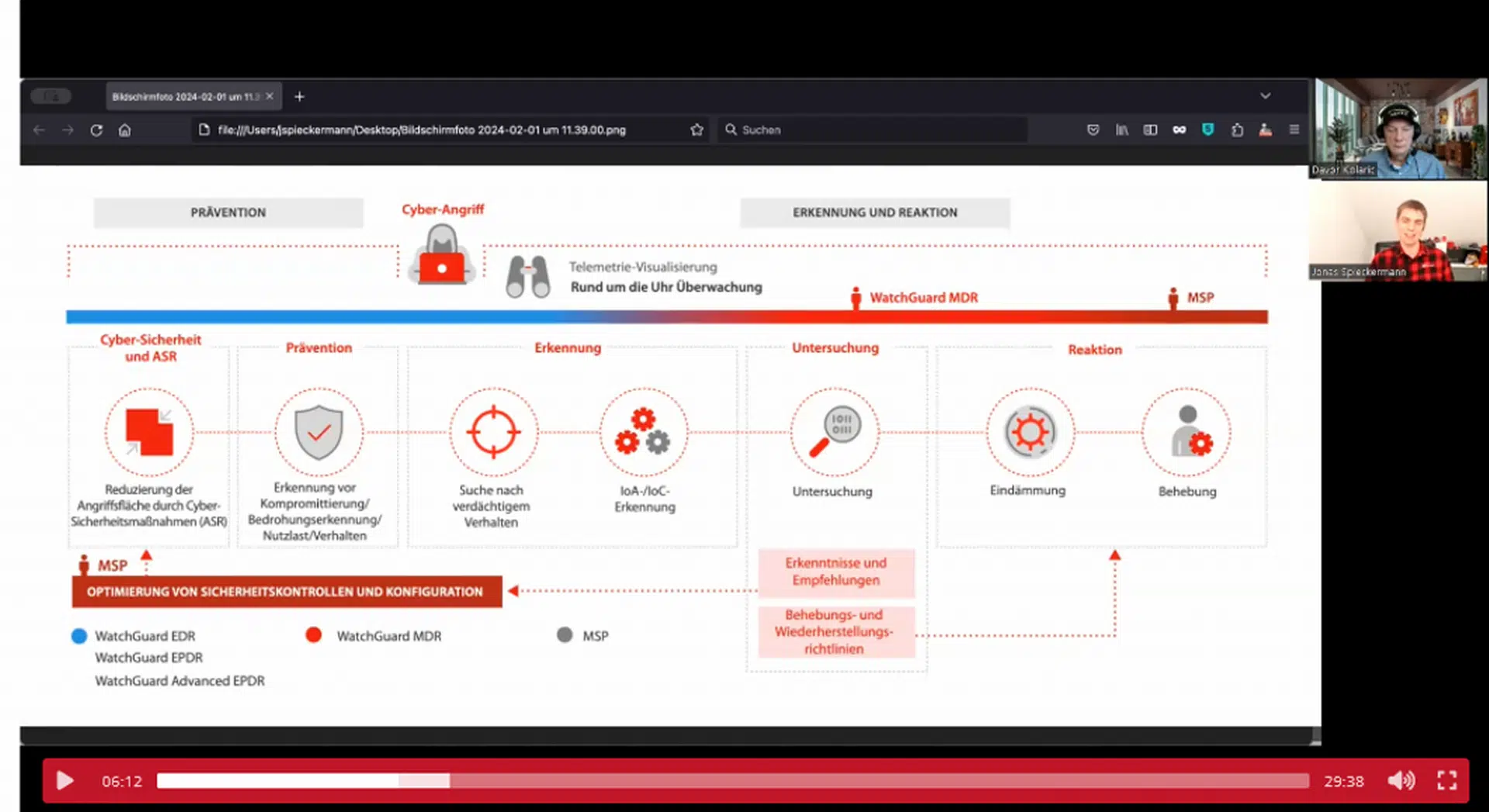
Gartner to Discuss Cloud Strategies at the Gartner IT Infrastructure, Operations & Cloud Strategies Conference 2022, 21-22 November in London, UK
Eighty-five per cent of infrastructure and operations (I&O) leaders that do not currently have any full automation expect to become more automated in the next two to three years, according to a new survey by Gartner, Inc. Gartner predicts that by 2025, 70% of organisations will implement structured automation to deliver flexibility and efficiency, an increase from 20% of organisations in 2021.
“Automation is essential for I&O to scale for the rising demands of digital business,” said Yinuo Geng, VP, Gartner. “I&O automation technologies can support IT in enabling speed to market, increasing business agility, ensuring compliance with security and regulatory requirements and optimising service costs.”
The Gartner survey was conducted from April through May 2022 among 304 I&O leaders and their direct reports in North America, EMEA and APAC at companies with $1 billion or more in annual revenue.
Automation More Prevalent in Infrastructure Deployment
The survey found I&O is most often using automation within deployment domains, such as application deployment (47%), I&O workload automation (43%) and end-user device deployment (41%). Ninety per cent of respondents that are automating application deployment report that it has provided value.
“Automating deployment activities can help reduce friction at the intersection of I&O and its consumers,” said Melanie Freeze, Senior Principal, Research, Gartner. “The rise of DevOps, Agile and site reliability engineering has also led to increased automation within operational domains like monitoring and incident resolution, but it can be more difficult to justify investments due to more indirect returns.”
For example, just 22% of I&O leaders are currently automating patching and vulnerability remediation. However, 70% of those who are automating such activities find it to be impactful for the business, stressing the urgency for I&O to expand automation to operational domains.
I&O Leaders Challenged to Select Automation Use Cases
Only 21% of survey respondents reported high levels of success in their I&O automation endeavours. The most common challenges cited include estimating ROI to select best use case opportunities, changing ways of working to more consumer-centric approaches, improving legacy processes and infrastructure, and developing and acquiring relevant skills.
“When selecting automation initiatives, I&O leaders tend to look towards feasibility and demand volume rather than potential business value,” said Freeze. “I&O leaders can extract more future returns from automation investments if they also prioritise initiatives that are reusable and support innovation and emerging business priorities.”
Gartner clients can learn more in “State of I&O Automation: 5 Survey Insights.”
Fachartikel
Studien

Drei Viertel aller DACH-Unternehmen haben jetzt CISOs – nur wird diese Rolle oft noch missverstanden

AI-Security-Report 2024 verdeutlicht: Deutsche Unternehmen sind mit Cybersecurity-Markt überfordert

Cloud-Transformation & GRC: Die Wolkendecke wird zur Superzelle

Threat Report: Anstieg der Ransomware-Vorfälle durch ERP-Kompromittierung um 400 %

Studie zu PKI und Post-Quanten-Kryptographie verdeutlicht wachsenden Bedarf an digitalem Vertrauen bei DACH-Organisationen
Whitepaper
Unter4Ohren

Datenklassifizierung: Sicherheit, Konformität und Kontrolle

Die Rolle der KI in der IT-Sicherheit

CrowdStrike Global Threat Report 2024 – Einblicke in die aktuelle Bedrohungslandschaft

WatchGuard Managed Detection & Response – Erkennung und Reaktion rund um die Uhr ohne Mehraufwand












